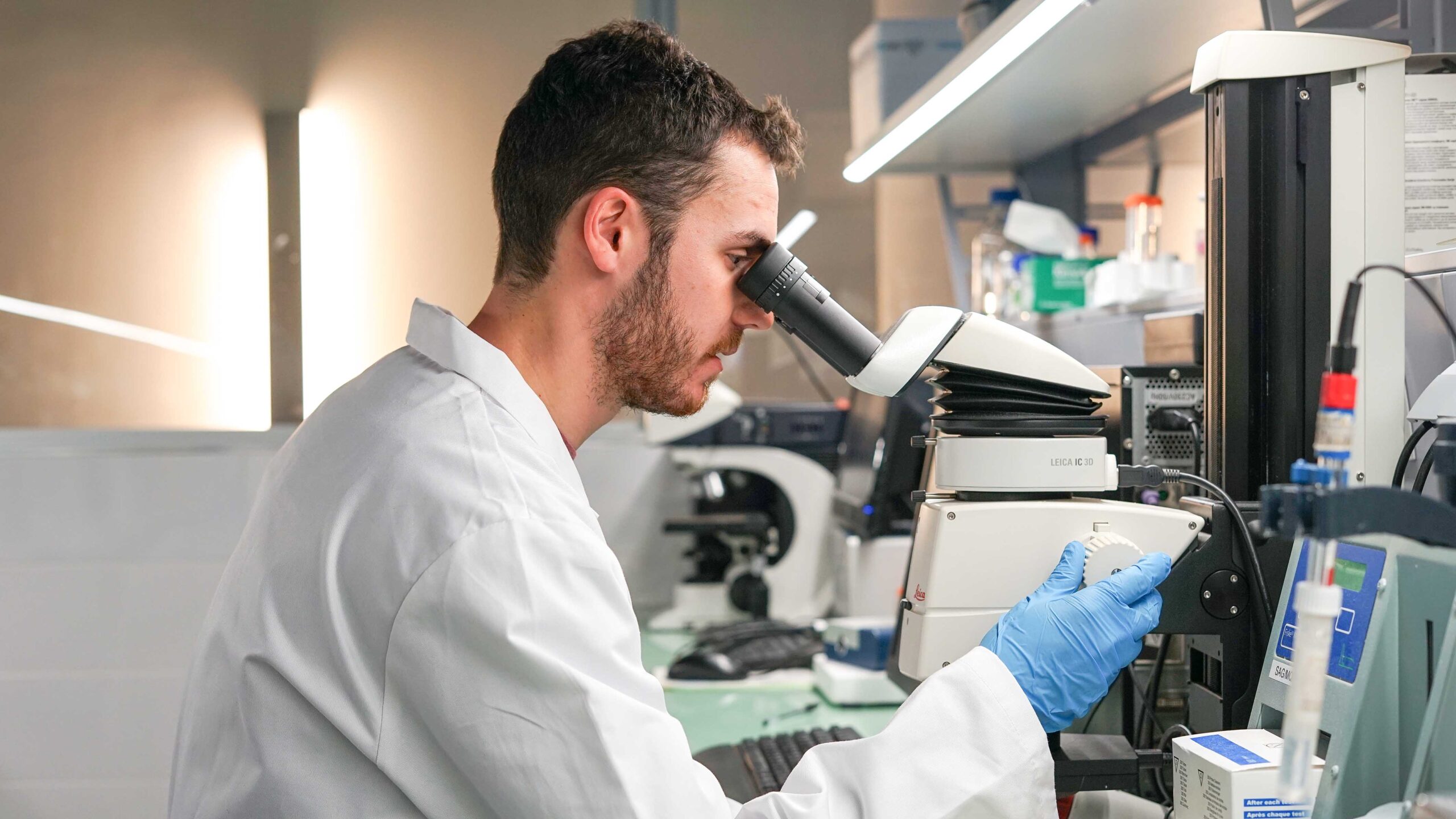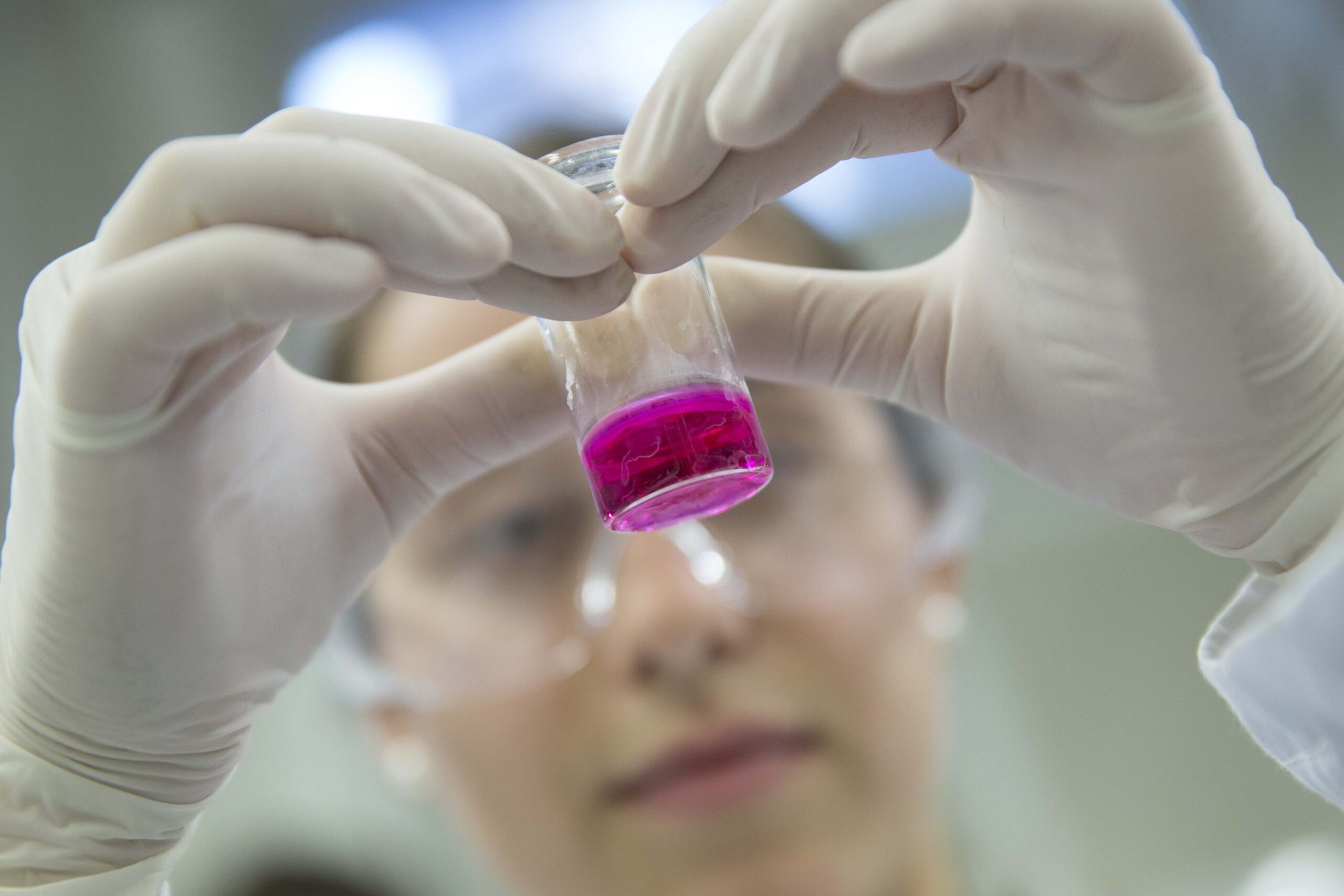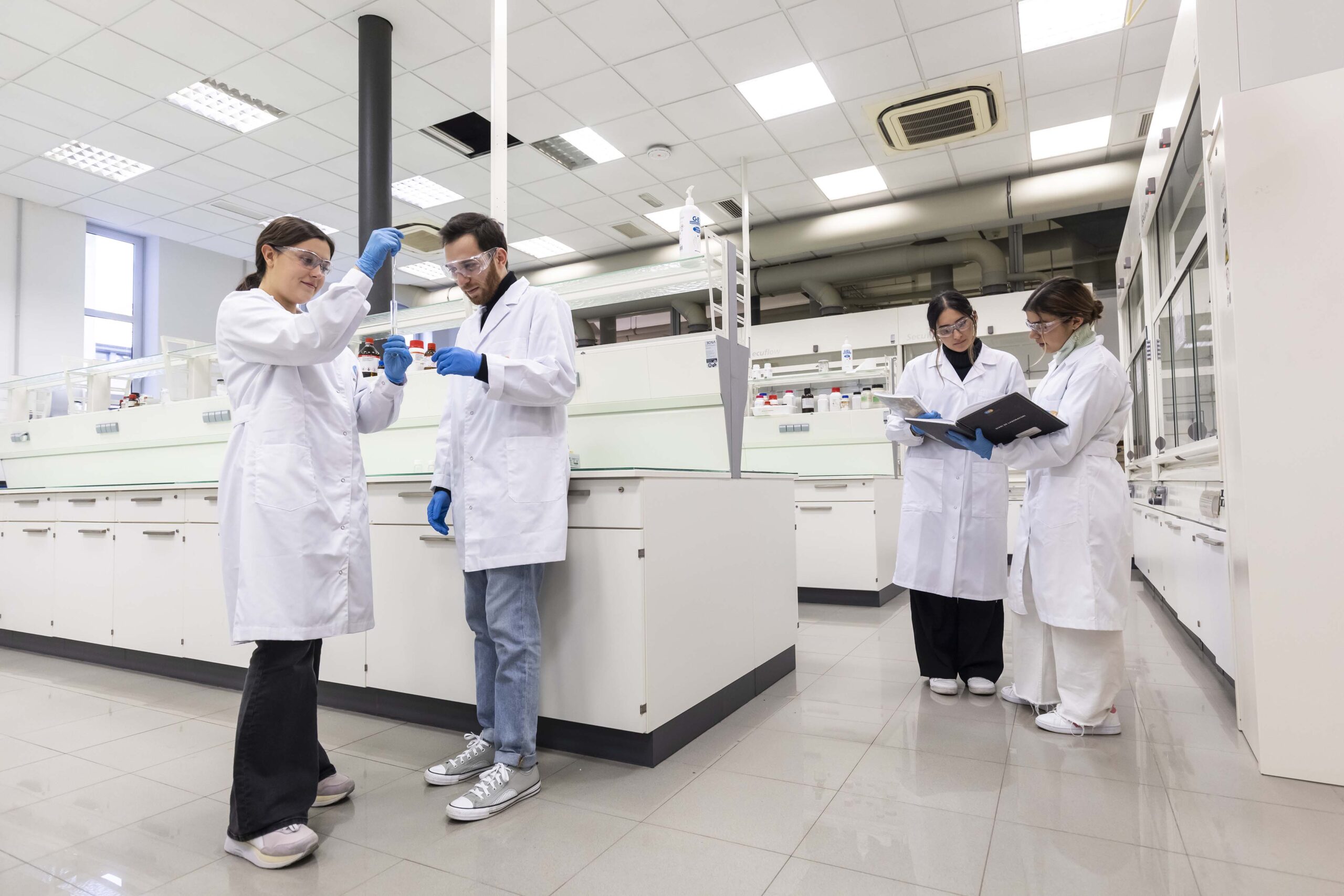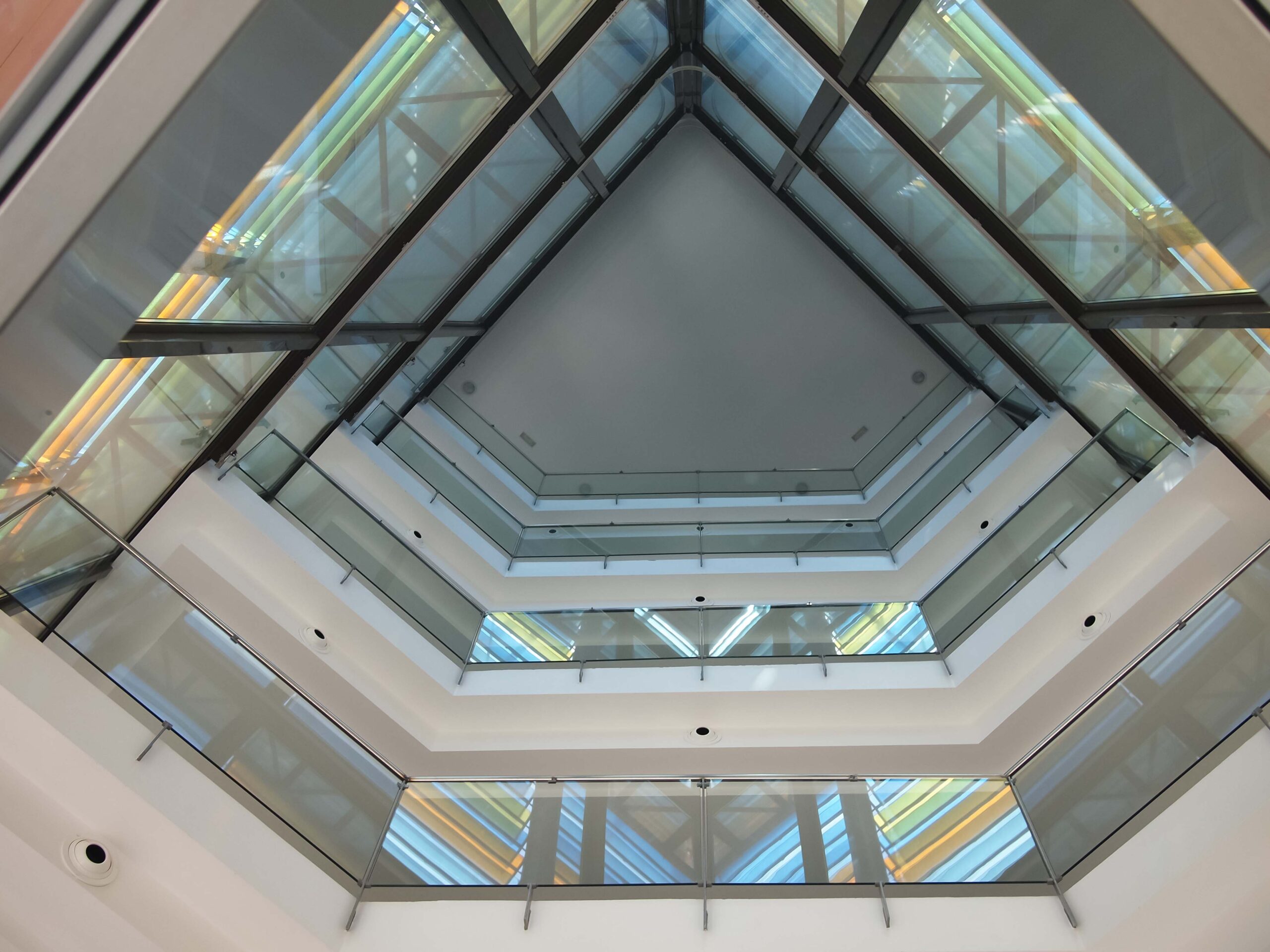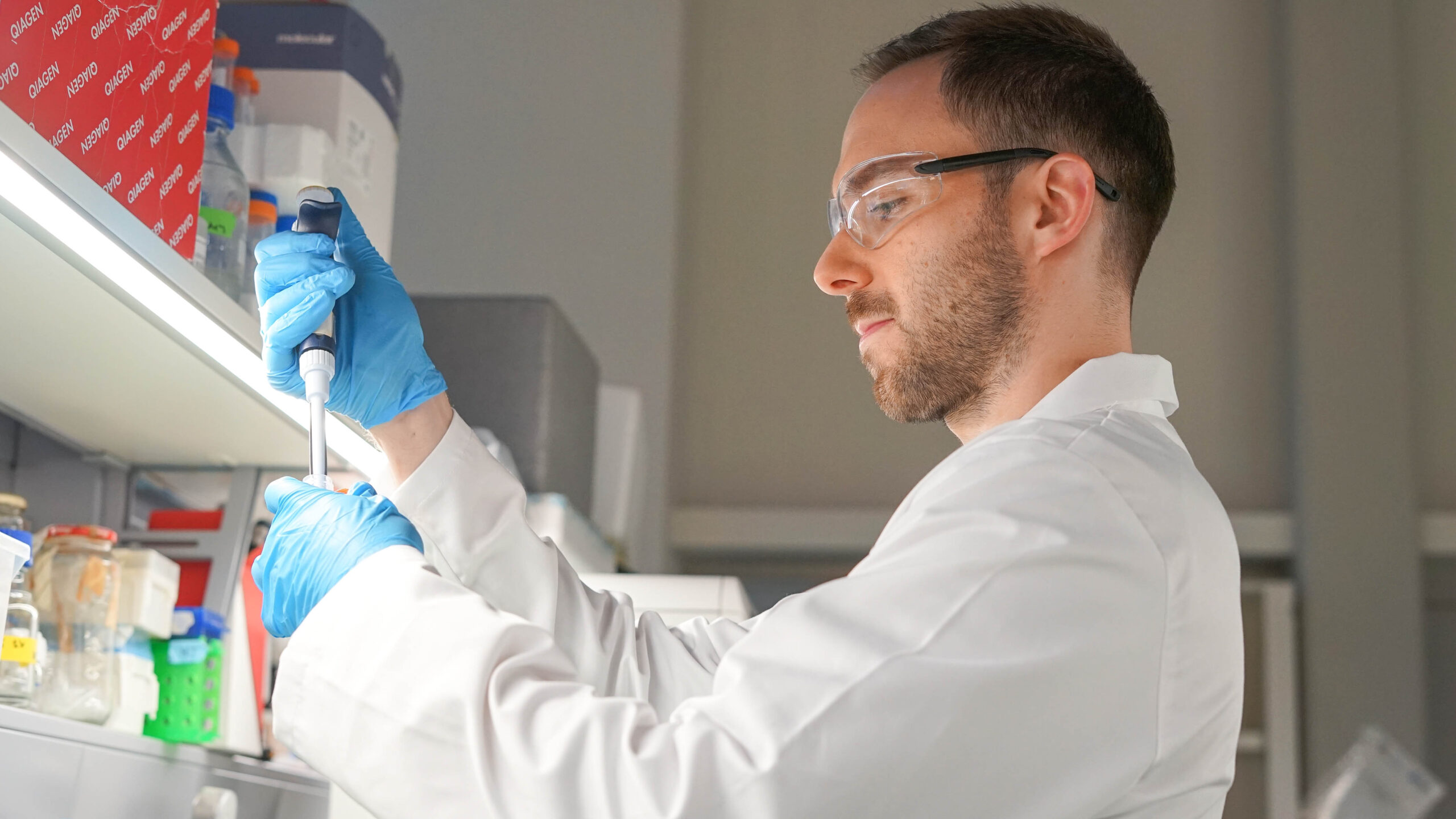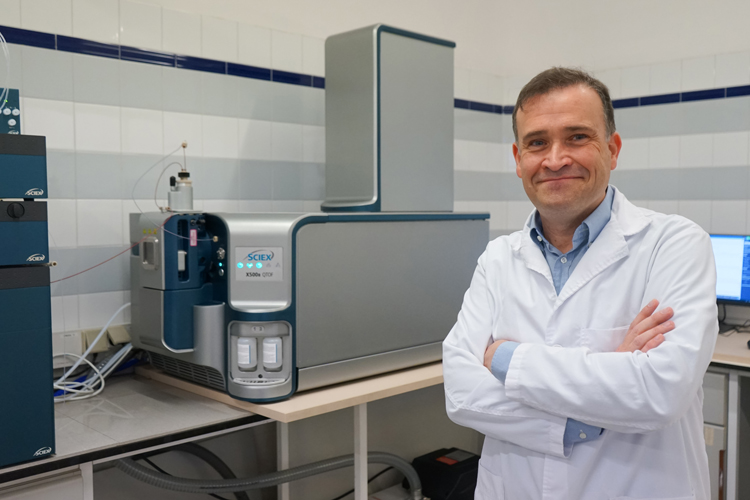“Collaboration with IQS allows us to have a Demo Lab in a desirable research environment close to the industry, where we can develop new methods, do training and perform multiple sample analyzes”

Dr Josep Lluís Lliberia with the new X500B at IQS.
To celebrate the collaboration between IQS and SCIEX to create a Demo Lab, we're interviewing Dr Josep Lluís Lliberia, Senior Application Specialist at SCIEX.
How did the idea of installing this Demo Lab at IQS come up?
First off, several of us at SCIEX studied at IQS. In my case, until a few years ago I was also working in the Analytical Chemistry Department within the Chromatography Section, managing the technical services part for industry.
At IQS we found an environment of research, academics, and relationships with industry that make it ideal for this type of agreement, and personally I really appreciated the possibility of “coming home”.
Until now, in spite of having decreased collaboration with the Spanish National Research Council (CSIC) in Barcelona, SCIEX did not have a laboratory with this type of instrumentation either in Catalonia or in Spain, so we always had to resort to the Demo Lab in Darmstadt (Germany).
A few months ago, we were talking with Dr Salvador Borrós about this collaboration with the CSIC, and he was really interested in starting it at IQS. He saw what the opportunity could mean for all the departments, research groups, and laboratories directly and indirectly for the companies in our sphere.
What does this collaboration consist of and how does it benefit both parties?
For IQS, the collaboration needs to make a dual objective possible. On the one hand, IQS now has a new and powerful analytical tool that covers both the quantitative as well as the more qualitative (structural elucidation) point of view.
On the other hand, it also brings high resolution mass spectrometry to IQS, which helps transfer knowledge to the professors, research teams, and technical service personnel. This knowledge transfer will be provided through SCIEX’s resources. For example, in my case, I will continue to be present at IQS.
For SCIEX, the collaboration allows us to have a laboratory in an enviable research setting that is close to industry where we can develop new methods, carry out internal training sessions, and analyse samples for possible customers.
What is the potential of the X500B device that IQS just acquired?
This is a QTOF system, a technology that has evolved a lot in recent years. It has become more user friendly, especially from the software standpoint and the physical size of the device. It can become a great quantification tool, with similar sensitivity to that of a middle- to high-end triple quadrupole mass spectrometer today.
It will also provide great qualitative tools, taking advantage of the exact mass and MS resolution. Unlike a triple quadrupole, this device always detects using mass scanning (SCAN mode), which always provides an MS or MSMS spectrum that enables a comparison against a compound spectra library.
This is a high-resolution mass spectrometry (HRMS) device. The use of the various decimals in the masses that the machine detects greatly helps to confirm the compounds or the structural elucidation through proposed empirical formulas based on the isotopic profile. Together with the software tools for assigning fragments in the MSMS spectra, it is very powerful when handling things such as metabolism studies and studies to identify impurities in the pharmaceutical industry, for example, or checking for banned products in food or in toxicology.
What would you highlight about this device compared to other similar devices on the market?
This new device can obtain MSMS spectra for any of the compounds that come from the chromatograph column (SWATH mode). This was one of the challenges that QTOF traditionally had a few years ago: the devices were not capable of offering this information for all the peaks present in the chromatograph.
The X500B allows us to work at very high speeds to obtain the spectra, enough to be able to follow the rhythm of the peaks, which are increasingly narrow, obtained through the use of a UHPLC. In this case, the system’s vacuum power has been increased to enhance the sensitivity to larger masses. All this makes it very attractive due to its use in biopharma, biotech, proteomic, and peptide mapping applications.
With the X500B we can simplify the data processing software, thereby making it more user friendly. This also applies to routine laboratory activities, like quality control.
Since you hold a PhD in Chemical Engineering from IQS, what does this step mean for you personally?
As I said before, IQS is like a second home for me. I consider myself a chromatography expert specialised in mass spectrometry. Professor such as Dr Luis Comellas, or even Dr Salvador Borrós, have been my mentors and they instilled in me this fever for research.
This step allows me to “come home” and to participate a bit more in their research. It also allows me to keep a close relationship with the professors and the different departments that I used to enjoy not so many years ago! Additionally, it gives me the opportunity to be able to transfer my expertise and personal experience to my colleagues at the University, and to help them share this knowledge.
Another thing that’s very important for me is that this agreement also allows me to keep doing work that I love at SCIEX, a cutting-edge global company. At SCIEX we’re always at the forefront with the latest MS technologies, where we can learn from the great group of colleagues that make up the company each and every day.
In this globalised and competitive world, IQS is a major reference point in many fields. I would like to help make it a benchmark in this analytical field as well, based on this collaboration that has just started.
